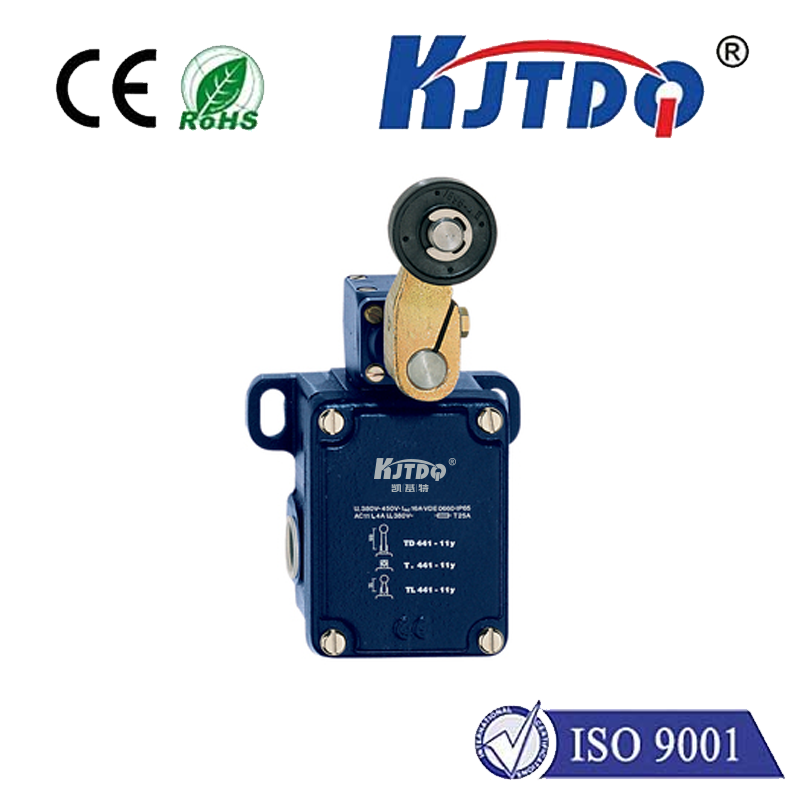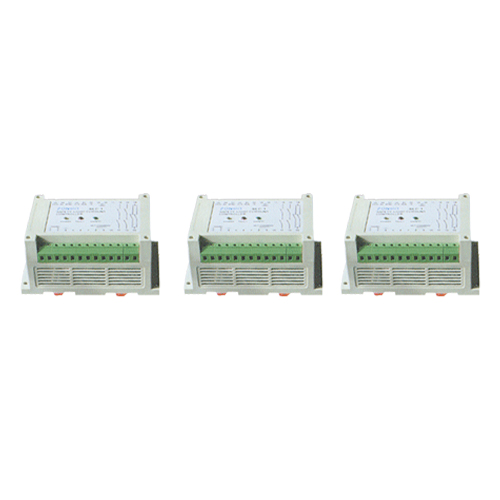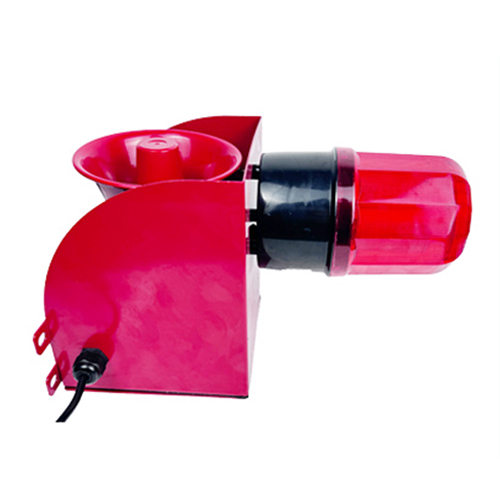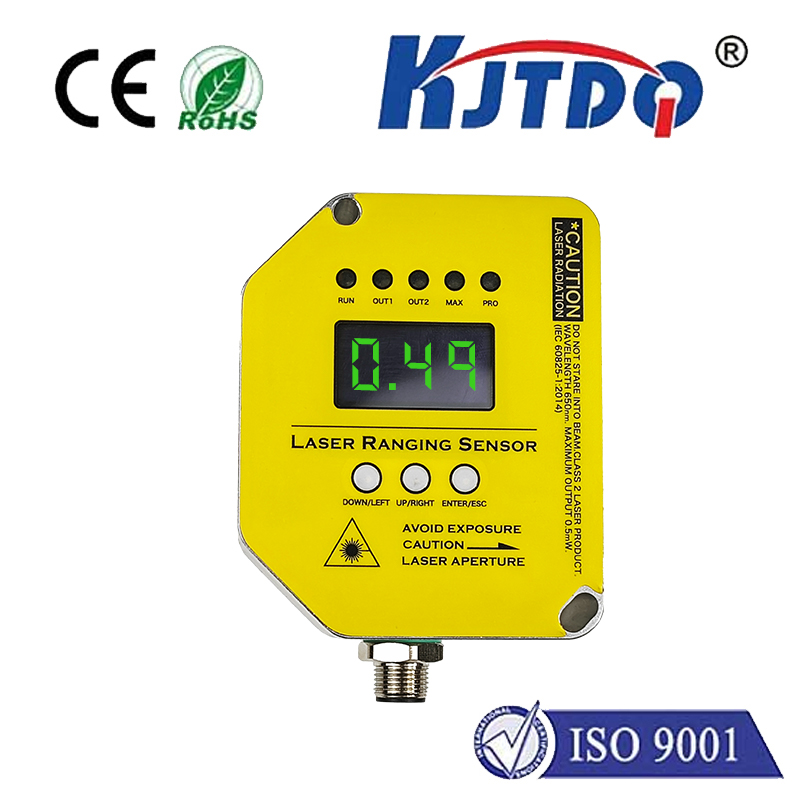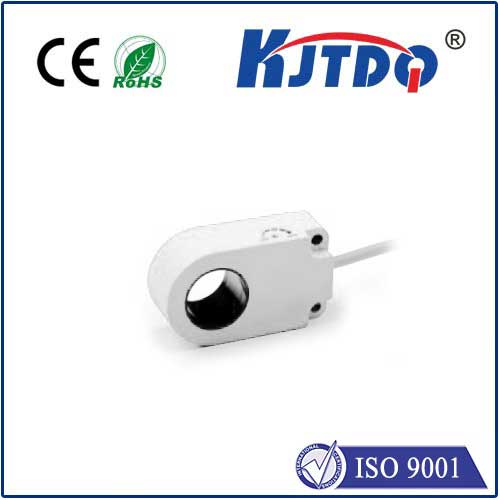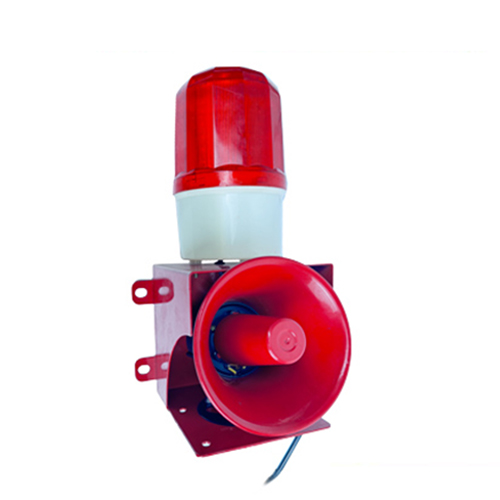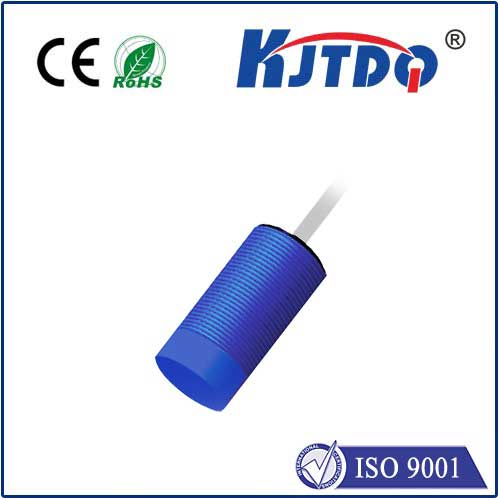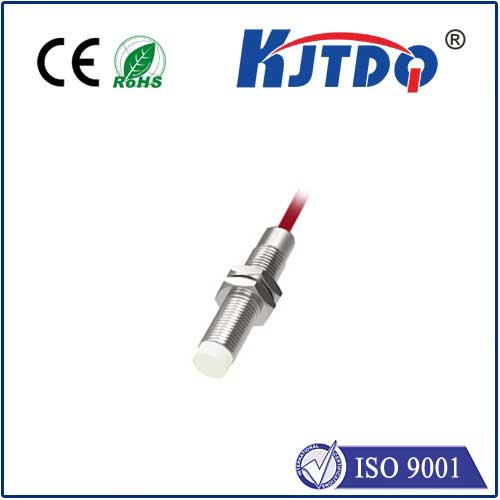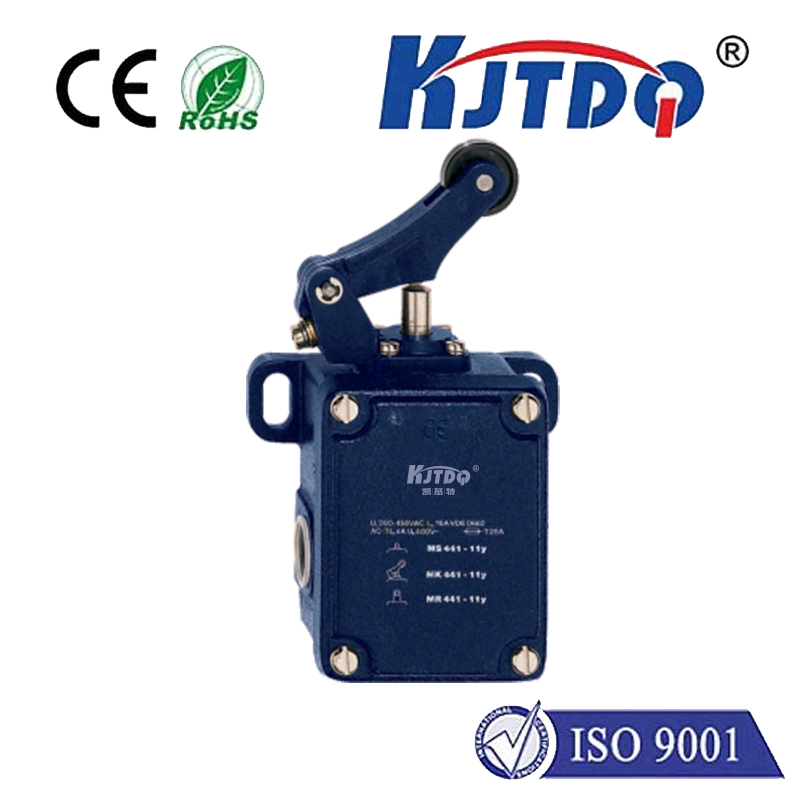Optical Sensors: Illuminating the Future of Modern Technology
Imagine unlocking your smartphone with a fingerprint scan or driving a car that autonomously avoids obstacles—these everyday marvels rely on the unseen magic of optical sensors. These ingenious devices harness light to detect and measure physical phenomena, transforming our digital world. From consumer gadgets to industrial automation, optical sensors are the unsung heroes enabling groundbreaking innovations. As demand surges in sectors like healthcare and robotics, understanding these sensors becomes crucial. This guide delves into their mechanics, applications, and transformative potential, revealing why they’re indispensable in today’s tech-driven landscape.

At its core, an optical sensor is a device that converts light signals into electrical data, acting as the “eyes” of electronic systems. Unlike traditional sensors, it operates by detecting variations in light intensity, wavelength, or polarization. For instance, a simple photodiode might measure ambient light to adjust your phone’s screen brightness. This principle hinges on photonics—the science of light control—where photons interact with materials to generate readable outputs. Key components like photodetectors and charge-coupled devices (CCDs) amplify this process, offering high precision without physical contact. Such efficiency minimizes wear and tear, making optical sensors ideal for sensitive environments.
Diving into types, optical sensors fall into broad categories based on their design and function. Photoelectric sensors, common in industrial settings, use infrared light to detect objects on assembly lines, ensuring seamless production. Meanwhile, image sensors like CMOS (Complementary Metal-Oxide-Semiconductor) chips power smartphone cameras, capturing vivid photos by converting light into digital pixels. Another variant, fiber-optic sensors, transmit light through optical fibers for applications in harsh conditions—think monitoring oil pipelines or medical endoscopes. Each type excels in specific scenarios: proximity sensors in touchless faucets reduce water waste, while biosensors in labs detect pathogens through light-scattering techniques. This diversity underscores their adaptability across fields.
Applications of optical sensors span virtually every industry, driving efficiency and innovation. In consumer electronics, they’re integral to facial recognition systems and gaming consoles, enhancing user experiences through intuitive interfaces. Industrial automation leverages them for quality control, such as inspecting products on high-speed conveyors to spot defects. Healthcare sees life-saving uses, like pulse oximeters that measure blood oxygen levels via light absorption, or glucose monitors for diabetes management. Automotive sectors employ them in ADAS (Advanced Driver-Assistance Systems), where LiDAR sensors create 3D maps for self-driving cars. Even environmental monitoring benefits—sensors track water purity by analyzing light transmission, aiding sustainability efforts. As these examples show, optical sensors deliver non-invasive, real-time data, revolutionizing how we interact with technology.
Despite their advantages, optical sensors face challenges that spur ongoing advancements. High sensitivity is a double-edged sword: while it enables accurate detection, environmental factors like ambient light or dust can cause interference. This necessitates robust calibration and shielding in designs. Energy consumption is another concern, particularly for portable devices, driving research into low-power alternatives. Innovations like quantum dot sensors promise enhanced resolution and color accuracy, while AI integration improves error correction. Future trends point toward miniaturization and smart networks, such as IoT systems where sensors communicate wirelessly to optimize smart homes. Overcoming these hurdles will expand their role in emerging fields like augmented reality and precision agriculture.
In essence, optical sensors exemplify the fusion of simplicity and sophistication, fueling progress from smartphones to space exploration. As costs drop and capabilities grow, their adoption accelerates—projected to dominate markets with a CAGR of over 9% in this decade. By embracing this technology, industries unlock new efficiencies, from reducing waste in manufacturing to enhancing patient care. The journey of light detection continues to evolve, promising a brighter, sensor-driven future.
